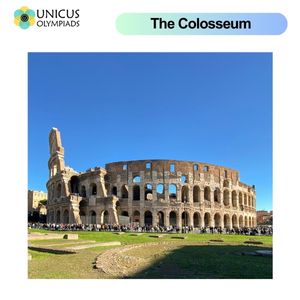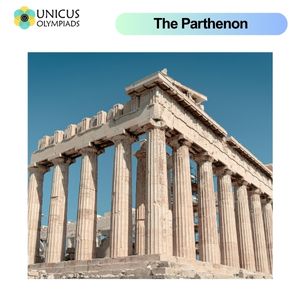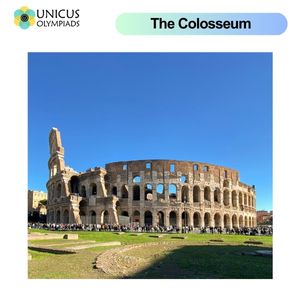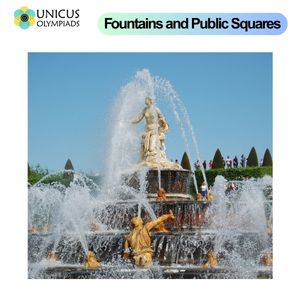

Monuments, from the ancient world to the present, have often been built to symbolize power, beauty, and the ingenuity of their creators. One of the most famous ancient monuments, the Hanging Gardens of Babylon, has fascinated historians and archaeologists for centuries due to its mysterious construction and the reasons behind its creation. Monuments like the Hanging Gardens were not merely decorative; they were expressions of cultural, political, and technological achievement. In this article, we will explore why such monuments were built, focusing on their symbolic, political, and cultural significance.
The Hanging Gardens of Babylon are one of the Seven Wonders of the Ancient World, and although their existence is debated, they are believed to have been constructed in the ancient city of Babylon, near present-day Baghdad, Iraq, around the 6th century BCE during the reign of King Nebuchadnezzar II. The gardens were said to be an extraordinary feat of engineering, with tiered gardens containing a wide variety of trees, shrubs, and vines that appeared to "hang" in the air. These gardens are described as being irrigated by a complex system of waterworks, possibly involving pumps or water lifts to bring water from the Euphrates River.
There are several reasons why the Hanging Gardens were constructed, each linked to the political, cultural, and technological contexts of ancient Babylon.
The Hanging Gardens were likely built as a demonstration of the power and wealth of King Nebuchadnezzar II. As one of the most powerful monarchs in the ancient world, Nebuchadnezzar sought to leave a lasting legacy that showcased his ability to transform the environment and his empire. The gardens were intended to display his technical expertise and the grandeur of Babylon, impressing both his subjects and foreign visitors.
According to some historical accounts, the Hanging Gardens were built for Nebuchadnezzar's wife, Amytis of Media, who reportedly longed for the lush green hills and gardens of her homeland. To soothe her homesickness, the king created the gardens, making it a symbol of love and devotion. This romanticized version of the story highlights the personal motivations that may have driven such monumental undertakings.
The construction of the Hanging Gardens would have required significant advances in engineering and technology. The irrigation system used to water the plants was a remarkable achievement, possibly involving a water-lifting mechanism, such as a screw pump or a chain pump, which was an advanced technological solution at the time. The gardens themselves were an expression of the innovative spirit of the Babylonians, who were skilled in architecture, hydraulics, and agriculture.
In addition to its practical and symbolic significance, the Hanging Gardens were likely a place of beauty and tranquility, providing a space for relaxation and reflection. The gardens’ appearance as a "floating" paradise in the heart of the desert city of Babylon would have been a cultural and artistic marvel, reflecting the importance of nature and aesthetics in Babylonian society. Gardens were often seen as a representation of paradise, symbolizing divine order and harmony between humans and the natural world.
Throughout history, many monuments have been built not just for decorative purposes but also as symbols of power, conquest, and authority. These monumental structures were often used to assert the ruler’s strength and legitimacy, especially in times of war or political instability. Much like the Hanging Gardens, other ancient monuments were constructed to demonstrate a ruler’s ability to control vast resources and organize large-scale projects.



Monuments often serve as cultural landmarks, reflecting the values, beliefs, and identity of the societies that built them. These structures represent not only the power of the rulers who commissioned them but also the collective cultural and spiritual heritage of the people. Monuments like the Hanging Gardens were deeply intertwined with the religious and cultural identities of their societies.



Some monuments were designed not just as symbols of power but also as spaces for the public to gather, celebrate, or engage in cultural or religious activities. These structures were built to benefit the community and foster social cohesion. The Hanging Gardens of Babylon, with their beauty and serenity, may have served as a public space where citizens could relax, enjoy nature, and participate in communal activities.


Monuments like the Hanging Gardens have left a lasting legacy in the realms of architecture, engineering, and culture. The grandeur of the gardens and other monumental structures has inspired future generations of architects, engineers, and rulers to create their own symbols of power, beauty, and ingenuity. These structures not only reflect the aspirations of their creators but also provide a glimpse into the technological capabilities and artistic achievements of ancient civilizations.
The construction of monuments like the Hanging Gardens teaches us valuable lessons about the importance of innovation, the use of resources, and the role of culture in shaping the built environment. While some monuments were built for personal or political reasons, others were created to benefit society and reflect cultural values. Regardless of their purpose, these monuments continue to captivate our imagination and remind us of the creativity and vision of past civilizations.